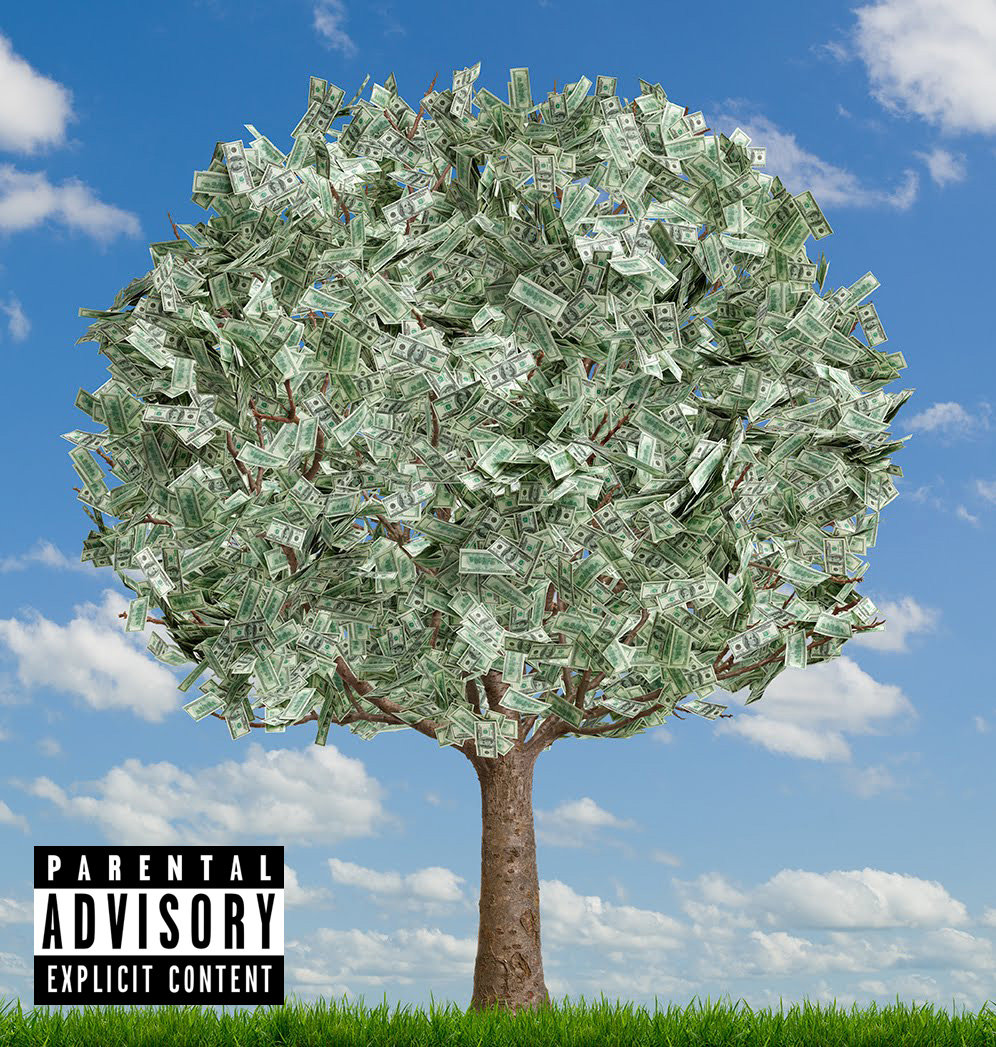dreamabodefinder.com – Released as part of his critically acclaimed 2012 album good kid, m.A.A.d city, Kendrick Lamar’s “Money Trees” remains one of the most popular and impactful tracks in his discography. The song, featuring fellow Top Dawg Entertainment artist Jay Rock, delves into themes of wealth, ambition, and the sacrifices one makes for success, all while painting a vivid picture of Lamar’s life growing up in Compton, California. Here’s a look at what makes “Money Trees” a standout track and why it continues to resonate with listeners.
1. Lyrics: A Raw and Reflective Commentary on Wealth and Dreams
“Money Trees” centers on Kendrick Lamar’s reflections about the allure of money and the lengths people will go to achieve financial success. In the track, he recounts his experiences growing up in a community where wealth is scarce, yet highly desired. The lyrics are dense with meaning, exploring the complexities of chasing the “American Dream” and the temptations and dangers that come with it.
One of the most notable lines is, “Everybody gon’ respect the shooter, but the one in front of the gun lives forever.” Lamar uses this imagery to portray the different paths people take in pursuit of wealth—some turn to crime while others strive to achieve success through more conventional means. The line reflects a deep awareness of how society often glamorizes the results of violence and crime without fully understanding the price that comes with it.
The hook of the song, “It go Halle Berry or hallelujah,” speaks to the choices one must make between success and morality. “Halle Berry” is symbolic of the allure of fame and fortune, while “hallelujah” suggests redemption and righteousness, highlighting the internal conflict many feel between pursuing material wealth and staying true to their values.
2. Production: A Hypnotic Beat That Evokes a Dreamlike Atmosphere
The production on “Money Trees,” crafted by producer DJ Dahi, creates a haunting and introspective atmosphere. The beat is built on a hypnotic sample from Beach House’s “Silver Soul,” which gives the track an ethereal quality that contrasts with its gritty lyrical content. The reverberating beats, combined with the slow, looping melody, create a soundscape that feels reflective and dreamlike.
This dreamy vibe perfectly complements the song’s themes of aspiration and disillusionment. The instrumental invites listeners to step into Kendrick’s world, making it easy to get lost in the track’s storytelling. The production also incorporates elements of West Coast hip-hop, with its laid-back yet menacing vibe, adding authenticity to the track’s setting in Compton.
3. Jay Rock’s Verse: A Gritty, Realistic Perspective
Jay Rock’s verse in “Money Trees” adds another layer of realism and grittiness to the track. As someone who also grew up in the harsh realities of Compton, Jay Rock’s contribution is a fitting counterpoint to Lamar’s introspective verses. His verse delves into the risks, hardships, and struggles of hustling to make ends meet, offering a more direct perspective on the street life.
Jay Rock’s delivery is raw and unapologetic, and his voice adds intensity to the track. With lines like “Dreams of livin’ life like rappers do… this rap money just better than crack money,” he draws on his own life experiences, showing the dichotomy of success and survival. His verse reinforces the track’s central theme: while money might seem like a solution to life’s struggles, the path to obtaining it is fraught with peril and moral compromise.
4. Themes: The Complex Relationship Between Money and Morality
“Money Trees” tackles some heavy, complex themes, with wealth, violence, and morality at the forefront. Kendrick explores the desire for wealth not simply as a means of luxury, but as a ticket out of poverty and hardship. In a community where opportunities are limited, money is seen as the key to escape, yet it often comes at a steep cost.
The track highlights how wealth can serve both as a blessing and a curse, symbolizing hope, freedom, and opportunity, but also potentially leading to destruction and corruption. Lamar’s nuanced lyrics underscore this internal struggle, revealing a layered understanding of wealth’s double-edged sword.
5. Cultural Impact: A Track That Resonates With Listeners Around the World
Since its release, “Money Trees” has become one of Kendrick Lamar’s most beloved tracks. Fans and critics alike have praised the song for its honest portrayal of ambition, the realities of street life, and the complex pursuit of financial security. The track resonates with listeners who relate to Lamar’s depiction of the struggle for success, especially those from underserved communities who face similar challenges.
“Money Trees” remains relevant in part because it speaks to universal experiences and emotions. Kendrick’s storytelling invites listeners to empathize with the characters in his lyrics and to reflect on their own relationships with wealth, success, and morality.
6. A Timeless Piece of Kendrick Lamar’s Discography
“Money Trees” is a standout track on good kid, m.A.A.d city, and it holds a special place in Kendrick Lamar’s body of work. The song captures his gift for storytelling, blending his personal experiences with broader themes that resonate across generations and cultural backgrounds. With its haunting production, thought-provoking lyrics, and realistic portrayal of the struggles and dreams tied to wealth, “Money Trees” serves as a powerful reminder of Kendrick’s skill as a lyricist and visionary artist.
Even years after its release, “Money Trees” continues to influence artists and listeners alike, proving that its themes are as relevant today as they were when the song first came out. As Kendrick Lamar’s career continues to evolve, “Money Trees” remains a shining example of his ability to confront societal issues while also reflecting on the personal battles that shape us all.





